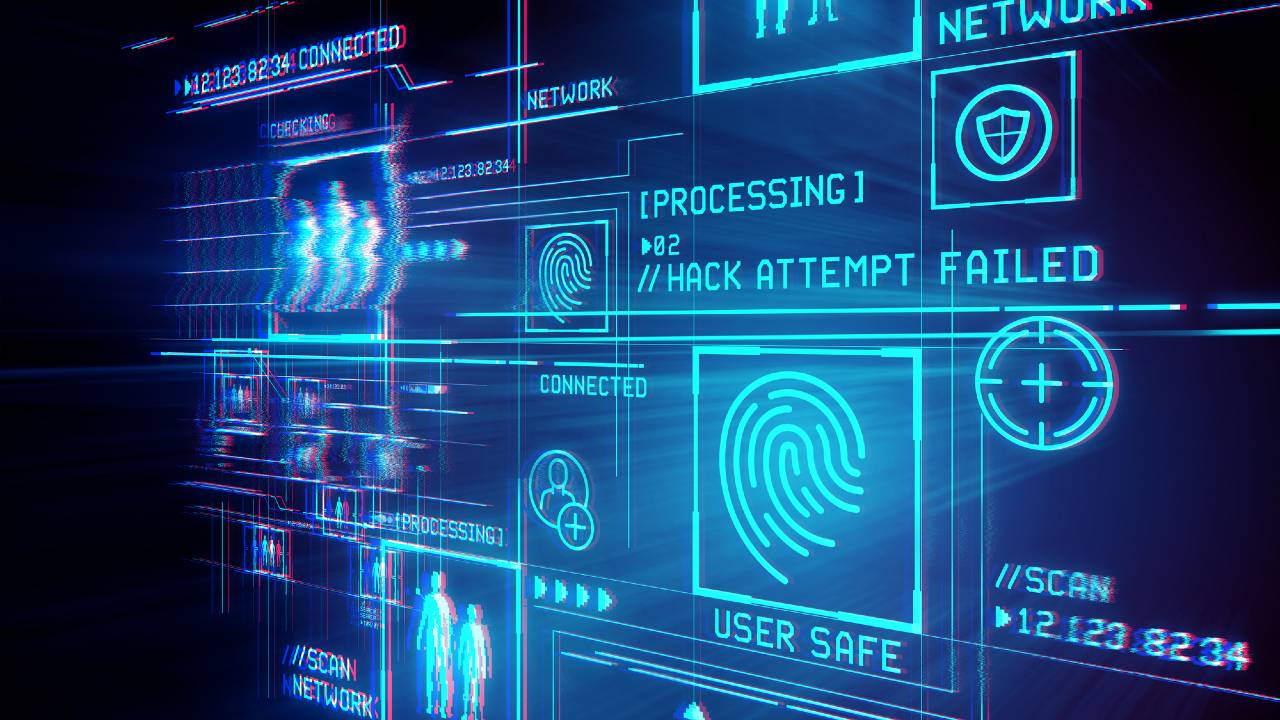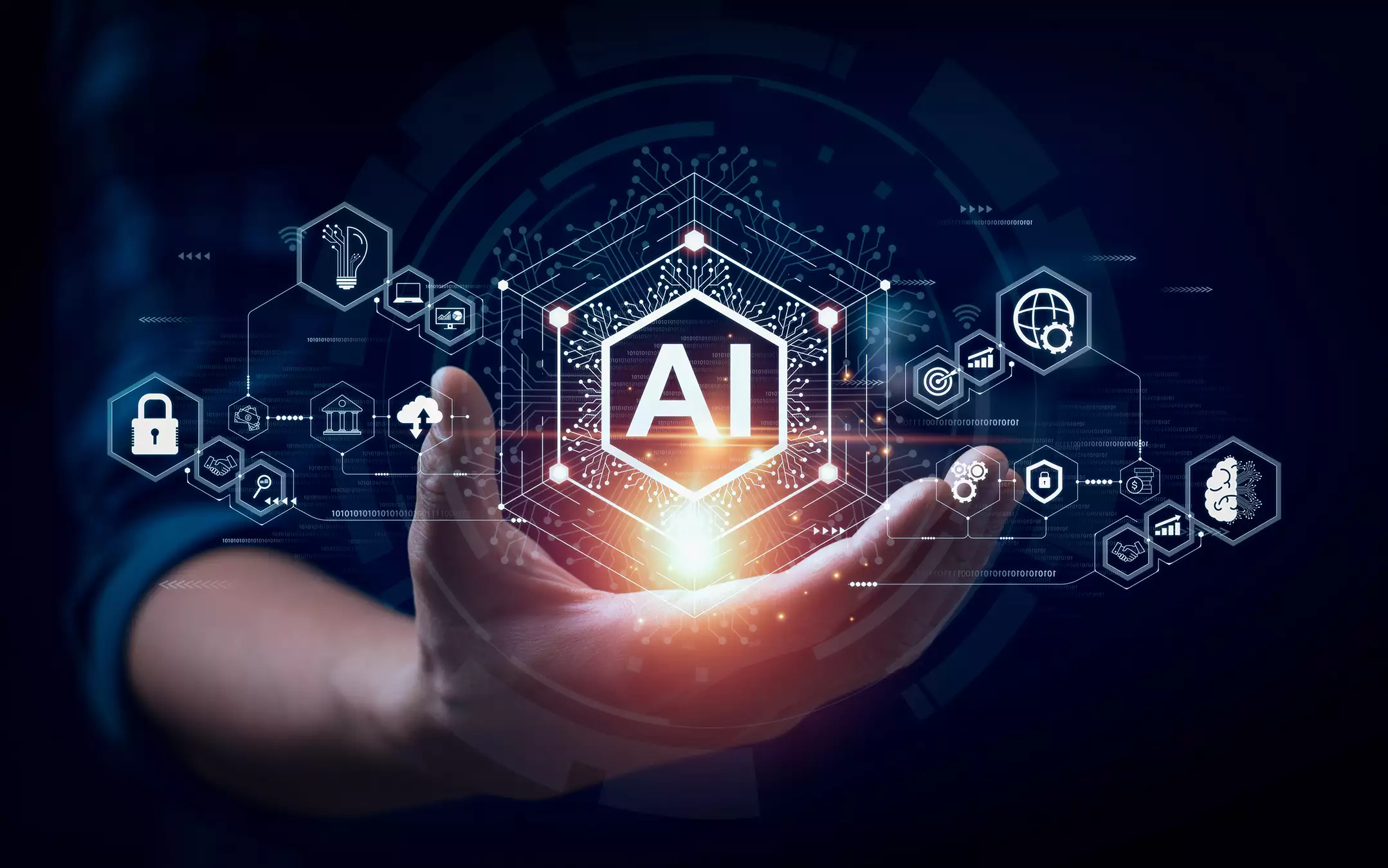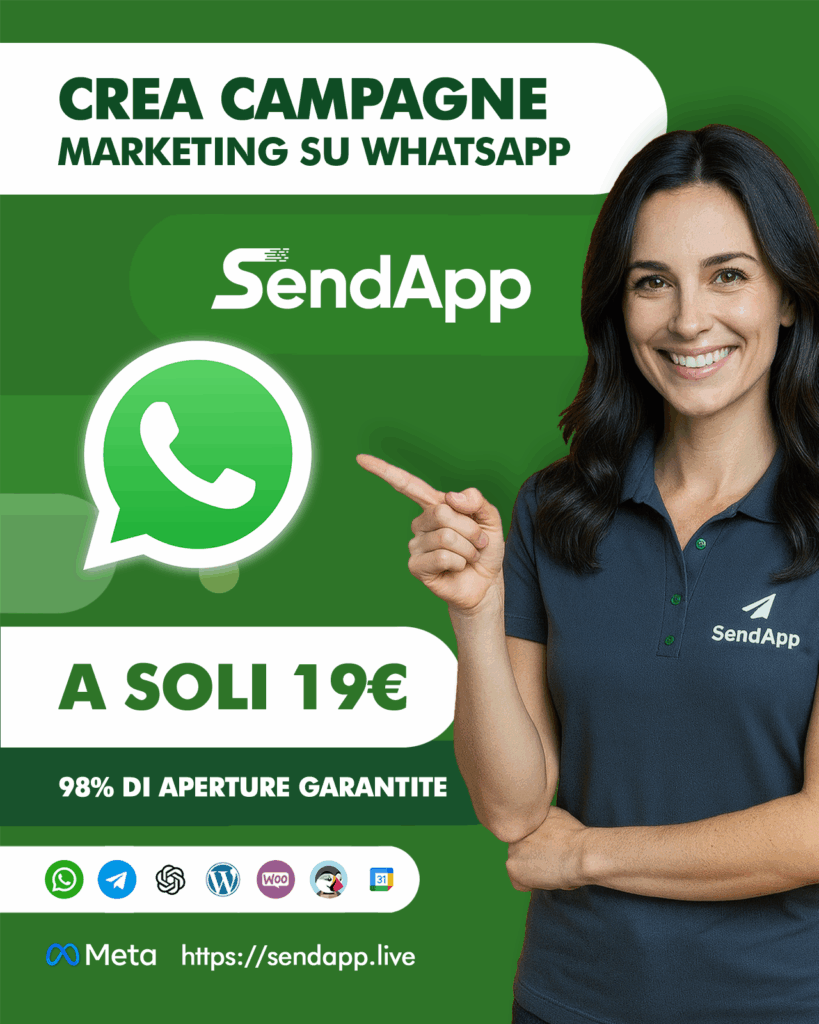Generative AI: legal and regulatory issues
The Artificial Intelligences Generative (AI) technologies are gaining more and more popularity in artificial intelligence applications. This growth was especially evident following the launch of Chat GPT by OpenAI. In this article, we will explore the legal and regulatory issues related to generative AI.
Generative AI: Definition and Applications
Generative AI is a category of artificial intelligence that can create new content, such as text, images, video, audio, code, or synthetic data. This broad field includes predictive algorithms and those that use external suggestions (“prompts”) to autonomously generate content. The first applications focused on automatically correcting images and audio.
Commercial and Economic Implications
While generative AIs can be a fun pastime for individuals, they have significant commercial implications. They can be used in industries such as information, marketing, film, publishing and more. They can replace human activities, including software development, and support a variety of intellectual professions. However, there is a risk of eroding the economic value associated with human ingenuity.
Artists' Concerns and Data Provenance
Artists have raised concerns about the widespread use of AI, suspecting that training data could be obtained through web scraping from copyrighted human content. This raises questions about data provenance and the protection of AI-generated works.
Regulation of AI in Europe
The European Union is trying to regulate AI through the AI Act, similar to what it did with the GDPR for data protection. The main focus is on risk and responsibility. However, issues regarding intellectual property rights also arise.
Training Dataset and Copyright
In the legal field, lawsuits are emerging regarding the alleged illicit origin of training data. For example, Getty Images filed a lawsuit against Stability AI when its software returned images with a Getty Images watermark indicating copyright. A legal solution is being sought to compensate authors and copyright holders.
Problems with Class Actions
Some class actions in the United States have raised charges against AI vendors for misusing copyrighted data. However, proving plagiarism in works produced by AIs is complex, as AIs use a wide range of sources to produce output.
Data Source and Improper Use
The source of the data used to train AI is a complex issue. While the use of public databases is legal, indiscriminate scraping can raise copyright issues. Furthermore, the use of data by AI for generative purposes may be considered the creation of derivative works, potentially infringing copyright.
 Limits of Justice in the Context of AI
Limits of Justice in the Context of AI
Tracing the origin of data used by AIs is extremely complex, as machine learning processes involve processing large amounts of data in opaque ways. This presents a challenge for the courts and for the protection of copyright.
The Future of AI Regulation
The European AI Act aims to promote transparency in the use of generative AI. However, its practical implementation raises challenges, especially for companies using pre-trained AI. Justice will often have to rely on the legal common sense of the courts to address these complex problems.
Copyright Ownership between Man and Machine
In the context of the interaction between generative AI and copyright, a fundamental controversy emerges: who should own the copyright of AI-generated works? This question opens a complex discussion involving legal, ethical and philosophical aspects.
Stephen Thaler's Advocacy: AI as Copyright Owner
Stephen Thaler has been a proponent of the idea that AIs should be considered holders of copyright or, in a broader sense, intellectual property. This perspective is supported by those who see unique and original qualities in AI outputs, or who believe that generative dynamics are completely autonomous with respect to human indications.
In the case known as DABUS (“Device for Autonomous Bootstrapping of Unified Sentience”), Thaler sought to register patents attributing the invention to an AI, an unsupervised neural network programmed by himself. However, most courts have ruled that intellectual property rights are human prerogative, based on existing laws or on the principle that attributing rights to a machine appears to contradict human legal principles.
The only exceptions occurred in Australia and South Africa, but even in these cases, the issue was controversially discussed and often overturned later. In general, the global trend has been to maintain copyright as a human prerogative.
The Case of Thaler II's Creativity Machine
Recently, Thaler sought to gain recognition for his Creativity Machine as the exclusive author of a two-dimensional work of art titled “A Recent Entrance to Paradise.” What makes this case unique is that the Creativity Machine does not receive prompts from its creator but learns autonomously from the datasets provided, completely excluding human intervention.
However, a criticism of this perspective could argue that, even if the AI operates autonomously, the human is involved in the validation of the data and the initial programming of the system. In other words, for an AI to produce output, some form of human instruction must have been provided, even remotely.
Recently, the DC District Court ruled that, as with patents, attribution of copyright is a human prerogative. This reinforces the idea that, despite the amazing capabilities of AI, copyright should remain under human control.
 The Role of Copyright
The Role of Copyright
Copyrights serve several purposes, including the moral gratification of authors, the possibility of obtaining economic benefits and the legal protection of assets of economic value against claims or injury by third parties. The idea of assigning such rights to a machine, which has no emotions, desires, or awareness, raises fundamental questions.
A comparison can be made with similar situations, for example, the use of software to create special effects in films or the generation of art by AI such as Dall-E. In these cases, despite the significant contribution of AI, the names of the software are not included in the credits of the films as “co-authors”, and artists using AI as a tool must still provide significant input to achieve desired results.
Ultimately, the goal of attributing copyright to software seems inconsistent with our current legal and social system, which does not consider machines to be equal to human beings.
Protecting the Works Produced by AI
An important aspect to consider is the protection of works generated by AI. Many courts and legislatures have addressed this issue differently. In the United States, for example, there is a rather conservative position that excludes a priori the registration of works created exclusively by AI. However, there are exceptions, as in the case of artist Kristina Kashtanova, who recorded a comic created with the help of AI but said she still made her own editorial and stylistic choices.
The United Kingdom, on the other hand, claims to be among the few countries to protect computer-generated works even in the absence of a human creator. However, it defines the author of such works as “the person by whom the necessary arrangements for the creation of the work were made”, underlining the importance of human contribution.
The European Union appears to take a more flexible approach, suggesting that when an AI assists an author in the creative process, the existing legal framework for copyright is still applicable. However, the definition of originality of the work is closely connected to human personality, judgment and technical skills.
Conclusions
Issues surrounding copyright and artificial intelligence remain complex and evolving. The main trend seems to be to keep copyright human-centered and to exclude the attribution of rights to AI.
The definition of creativity and originality is challenged by the presence of generative AI capable of producing astonishing results, but most courts and legislatures continue to require significant human input to ensure copyright protection.
The future may see greater discernment regarding the role of AI in artistic creation and the creative process, but at the moment,








